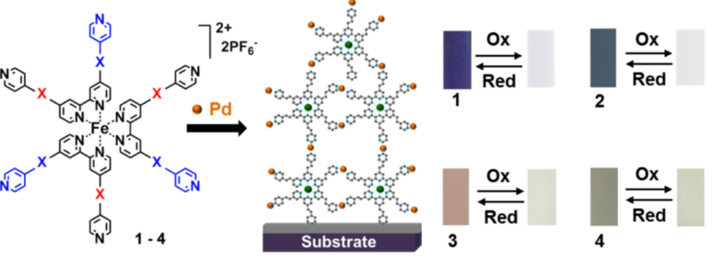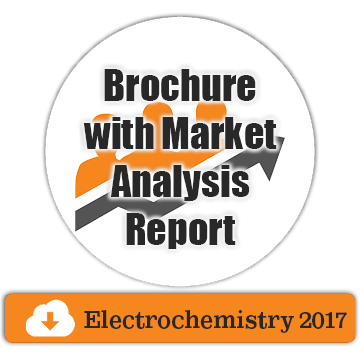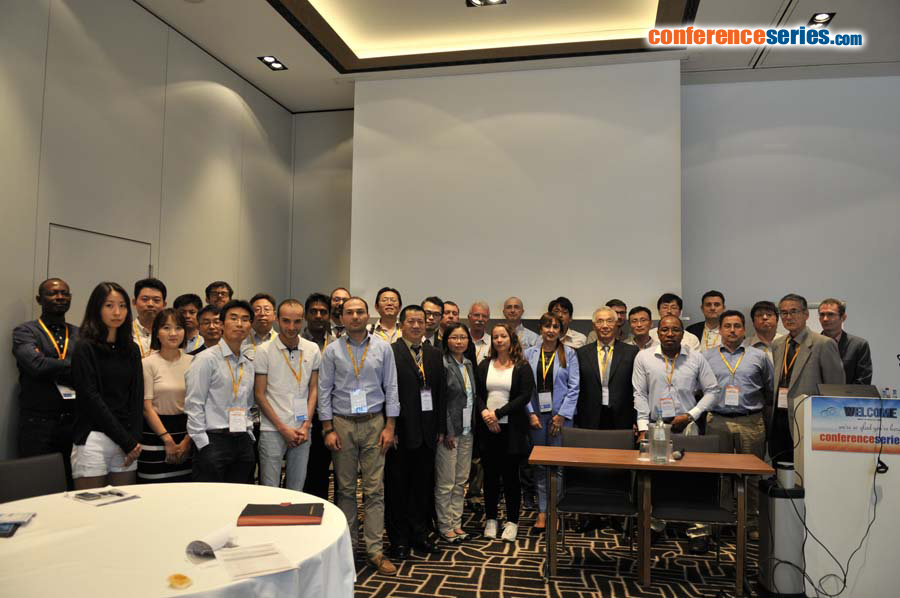
Michal Lahav
The Weizmann Institute of Science, Israel
Title: Metalloorganic Assemblies as Electrochromic Materials: Switching Stability, Coloration Efficiencies and Devices
Biography
Biography: Michal Lahav
Abstract
Stepwise deposition from solution, combined with metal-ligand coordination, has served as a powerful tool for generating functional architectures on surfaces. Such systems might find many applications in molecular electronics, sensor, and solar cells. More significantly, owing to their interesting electrochromic (EC) behavior, redox-active metallo-organic assemblies are promising candidates for use in smart windows. In this study, we used a dip-coating process to generate EC molecular assemblies (MA) from metal polypyridyl complexes cross-linked with a palladium salt. These complexes are considered ideal chromophores for fabricating EC materials, due to their excellent stability and light absorption that significantly depends on their oxidation state. Varying the number of pyridine moieties was used to control (i) the materials’ stability, (ii) color, (iii) redox-chemistry, and (iv) the film growth (i.e., linear vs. exponential). Our observations also demonstrated that minor structural differences (i.e., the pyridine-bipyridine bond order, X) at the molecular level become apparent in stability and EC properties, (Figure 1). The MAs exhibit very high coloration efficiencies (CEs) and are extremely stable. Furthermore, we demonstrate solid-state devices.



